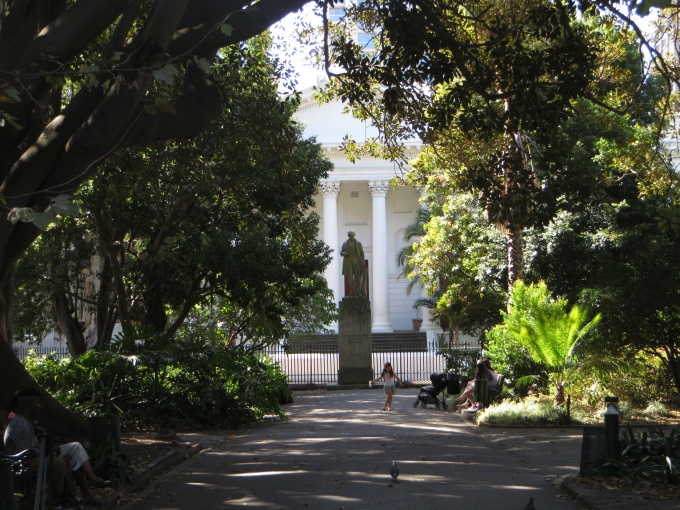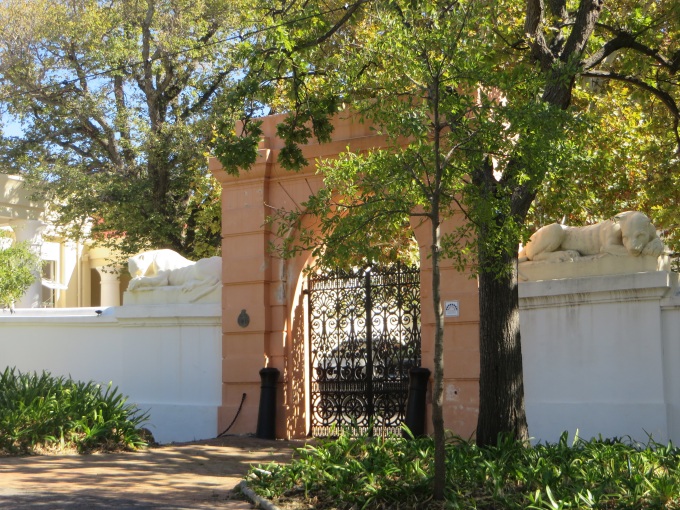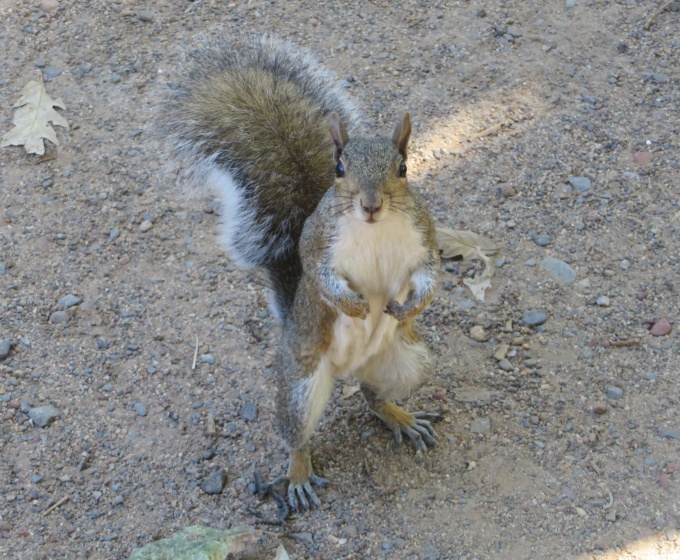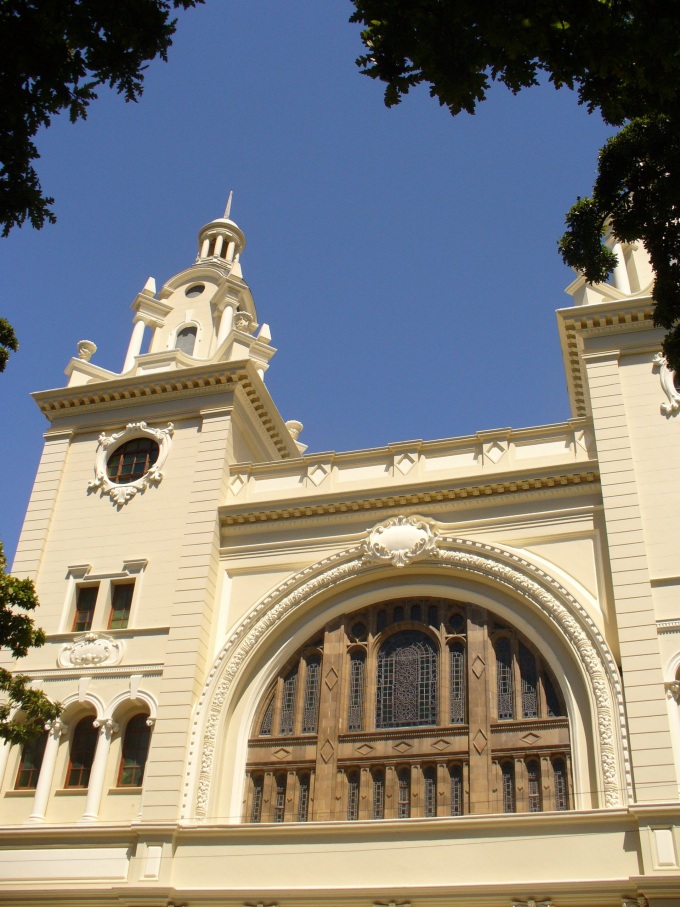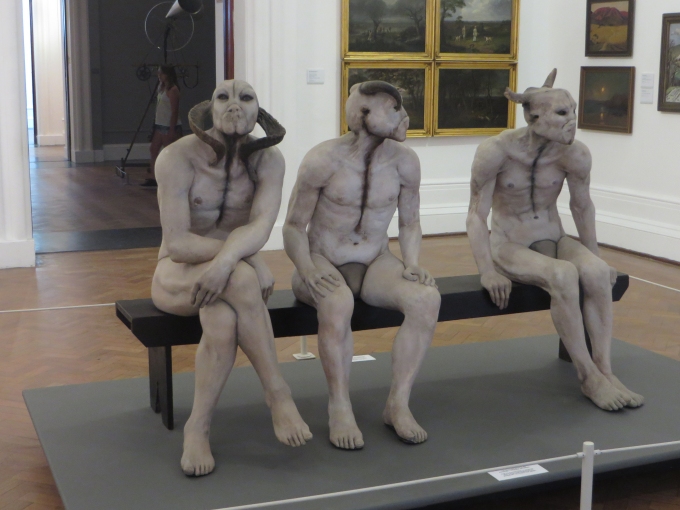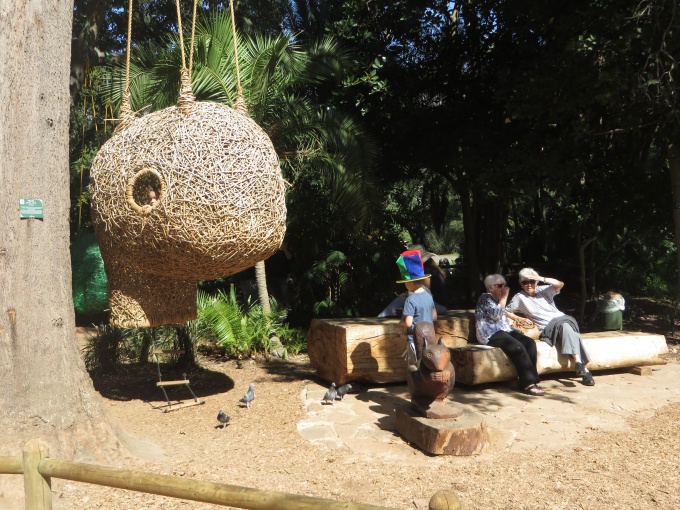The Company's Garden
/When the Dutch East India Company established their “refreshment” station at the Cape of Good Hope in 1652, they planted gardens in order to supply fresh fruits and vegetables to Dutch ships en route to the East on the well-established spice route. In fact, the oldest cultivated pear tree in South Africa, planted the year the garden was established, is still alive. The Company's Garden, as it's now called, subsequently was opened as a public park in 1848 and has been enjoyed by Cape Towners ever since. It's only a 30-minute walk from the marina, admission is free and on a beautiful, sunny afternoon, it seemed much more appealing than boat chores or writing.

The gardens encompass about 15 acres in the middle of the city with shady pathways, wide tree-lined avenues, lush lawns and flower and vegetable gardens. There's a thriving rose garden planted in 1929, but it's not just about plants and flowers. There are pieces of history everywhere you look. Sir John Grey, well-respected governor of the Cape Colony from 1845-1862, stands sentry near the National Library and Cecil John Rhodes' and Jan Smuts' statues are in places of honor.
Strolling through the park was sheer pleasure. In Victorian times, there was a menagerie of native animals kept on the grounds including lions. Today, only the Lioness Gate remains as a reminder of that era.
The local squirrel population was out in full force, begging for handouts and not in the least shy about it.
The periphery of the garden is surrounded by a number of historical buildings and landmarks including the impressive 1884 neoclassical Parliament buildings ...
and the Great Synagogue.
There are several museums surrounding the gardens as well. We'd visited the South African Museum with its planetarium and the Slave Lodge previously, but we'd never visited the South African National Gallery, so we headed in that direction. It's a beautiful building from afar, but in need of some repair close up.
Unfortunately, we visited the in-between exhibitions and much of the gallery was closed, though there was no mention of this as we paid our small entry fees. The gallery is known mainly for its 17th-19th century British, Dutch and South African art, but what was on display was primarily contemporary. An entire room, for instance, was dedicated to Australian Aboriginal dot painting. That said, Butcher Boys by Jane Alexander located in the main entry gallery certainly got our attention from the get-go. Created in 1985 as the artist's commentary on the horrendous effects of apartheid, we likened the lifelike figures to mimes on the street that come to life when you get close to them. It seemed their eyes followed our every move. I kept my distance just in case.
Koi ponds and war memorials, monuments, a lovely cafe, a small aviary, an innovative playground for the kids featuring swings that appeared to be huge weaver nests … the Garden has grown over the past four centuries from a veggie patch for sailors to a respite in the city center for locals and visitors alike to appreciate South African heritage and history.


